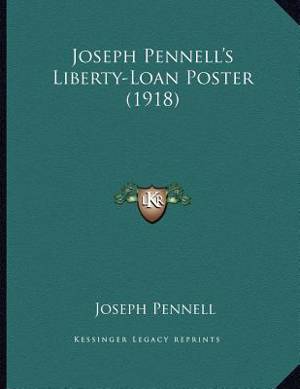
- Afhalen na 1 uur in een winkel met voorraad
- Gratis thuislevering in België vanaf € 30
- Ruim aanbod met 7 miljoen producten
- Afhalen na 1 uur in een winkel met voorraad
- Gratis thuislevering in België vanaf € 30
- Ruim aanbod met 7 miljoen producten
Zoeken
Omschrijving
Joseph Pennell's Liberty-Loan Poster (1918) is a book that showcases the iconic poster designed by the American artist Joseph Pennell during World War I. The poster was created to promote the sale of Liberty Bonds, which were issued by the US government to finance the war effort. The book features a full-color reproduction of the poster, along with an introduction by art historian David Lubin that provides historical context and analyzes the poster's visual and rhetorical strategies. Lubin also discusses Pennell's career as a printmaker and illustrator, and his role in the development of American graphic design. This book is a valuable resource for anyone interested in the history of American art and propaganda, as well as the social and political context of World War I.This scarce antiquarian book is a facsimile reprint of the old original and may contain some imperfections such as library marks and notations. Because we believe this work is culturally important, we have made it available as part of our commitment for protecting, preserving, and promoting the world's literature in affordable, high quality, modern editions, that are true to their original work.
Specificaties
Betrokkenen
- Auteur(s):
- Uitgeverij:
Inhoud
- Aantal bladzijden:
- 40
- Taal:
- Engels
Eigenschappen
- Productcode (EAN):
- 9781166913090
- Verschijningsdatum:
- 10/09/2010
- Uitvoering:
- Paperback
- Formaat:
- Trade paperback (VS)
- Afmetingen:
- 216 mm x 279 mm
- Gewicht:
- 154 g

Alleen bij Standaard Boekhandel
+ 64 punten op je klantenkaart van Standaard Boekhandel
Beoordelingen
We publiceren alleen reviews die voldoen aan de voorwaarden voor reviews. Bekijk onze voorwaarden voor reviews.











